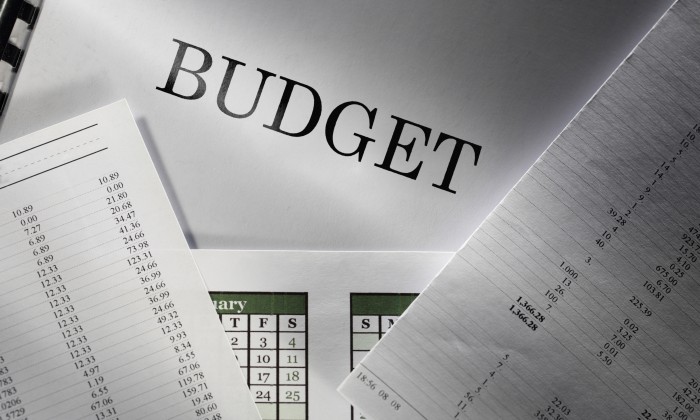


Previous Insights on Sri Lanka’s budgets showed considerable variation between publicly declared budget allocations and actual expenditure on line items. This gap can create a credibility problem. For examples, see our previous insights ‘Who bleeds for the budget’ and ‘Agriculture and Defence Budgets reveal unstated priorities in policy’.
Allocations to agriculture and irrigation are a case in point. According to government statistics, the mismatch between allocations and spending on this vital sector has increased every year. In 2010, 2011, 2012 and 2013, spending fell short of allocations by 9 percent, 23 percent, 34 percent and 67 percent, respectively. A variation of 9 percent is high, but it can be put down to the slips between cup and lip. But huge variations of 34 percent and 67 percent generate a serious credibility problem.
Note that actual spending on agriculture and irrigation fluctuated by between 67 billion and 77 billion over this period. This mismatch was created by parliament assuring parliament in every budget that allocations to this category will increase, but then the bureaucracy and executive failing to do as promised. Parliament has had no power to correct this mismatch. It always discovers these gaps after the fact and does not exercise adequate oversight over the actual decision making and implementation process over the course of the year.
There is also a specific section in Sri Lankan laws that facilitates the credibility problem and impotence of parliament over the budgeting process. Current developments indicate how this law is increasingly exploited.
Total expenditure for the 2014 financial year amounted to Rs. 2.1 trillion. This was spent over 208 expenditure heads (headings under which spending is allocated). The expenditure programmes are disaggregated into two programmes, operational activities and development activities. Ninety-nine of these expenditure heads have specific allocations for development activities.
The allocation for development activities under the head “National Budget Department” (which is a department under the Finance and Planning Ministry) is special. Allocations under the National Budget Department can be transferred to cover expenses under any other ministry. The transfer does not need parliamentary approval and can be effected through the authorization of the Treasury. The only safeguard is very weak: parliament needs to be informed within two months of the date of transfer.
Section 6(1) of the Appropriation Act No 36 of 2013 governs this procedure.
“Any money allocated to Recurrent Expenditure or Capital Expenditure under the ‘Development Activities’ Programme appearing under the Head “Department of National Budget” specified in the First Schedule, [The First Schedule of the Appropriation Bill provides allocations for Ministries] may be transferred … to any other Programme under any other Head in that Schedule, by Order of the Secretary to the Treasury… The money so transferred shall be deemed to be a supplementary allocation made to the particular Ministry.”
The budget passed in December 2013 for the fiscal year running from January to December 2014 placed 62 billion in the National Budget Department development activities pocket. This is quite close to the total the government spent on all of agriculture and irrigation. The almost 9 billion spent on the grand off-budget annual ‘Deyata Kirula’ was funded through this discretionary window. The sum of Rs. 9 billion does not seem large in the grand scheme of things, but when one considers that the total disbursement under the government’s main welfare programme to the poor, Samurdhi, has been around Rs. 9 billion annually then this sum is somewhat alarming.
The 2015 budget provided Rs. 90 billion under this line item (perhaps the only line item in the budget to see a 46 percent increase). What happened next highlighted and brought to the fore this budgeting loophole and the credibility problem.
On November 5, 2014, the government tabled amendments to the 2015 budget, which led to the total amount budgeted under ‘development activities’ under the National Budget Department, to increase more than fourfold to Rs. 446 billion.
There is an old Arabian proverb that says that ‘if the camel once gets his nose in the tent, the body will soon follow’. This has been the case with ‘development activities’ in the head “National Budget”. In 2014 the allocation to this discretionary fund was about 3 percent of total expenditure. If that was the nose, then the body has soon followed. The current allocation for 2015 is almost 17 percent of total expenditure—at least a fivefold increase.
Not only does this revision question the credibility of the allocations in all areas of the budget, it also jettisons much of the claims in the budget speech with regard to fiscal targets and responsibility. The budget read out in parliament by the President anticipated that the deficit for 2015 would be 4.6 percent. This was already optimistic because the revenue projections were unrealistic as they have always been since 2006 (see figure). But these revisions to the budget imply that it will change drastically, and even on the optimistic revenue projects the deficit will increase to 7.7 percent.